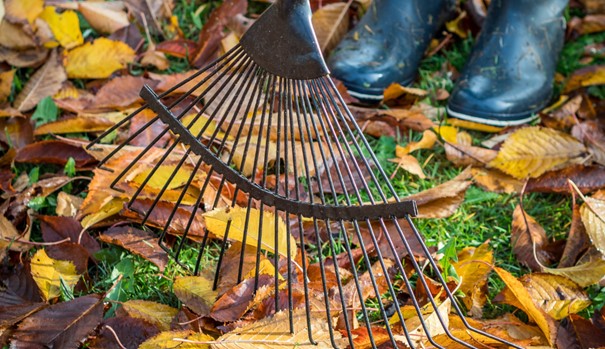Autumn is synonymous with dead leaves. As the months go by, the ground in the garden, on the terrace and even on the balcony becomes carpeted with leaves of all colors and sizes. What to do with them?
In autumn, almost all deciduous trees lose their leaves. For many amateur gardeners, this is the beginning of a tedious task: removing dead leaves.
In this article, you'll discover what you can do with all these leaves.
Dead leaves: a gardener's ally or not?
Useful in the garden and vegetable patch, dead leaves decompose, providing organic matter that nourishes the soil and plants. They also serve to protect crops from the first frosts. However, you can't leave them everywhere in the garden.
Leaving fallen leaves in place or picking them up?
Dead leaves can be left under trees, vegetable beds and perennials, as a natural protection against winter. Over time, decomposition processes take place and micro-organisms transform the leaves into organic matter that provides nutrients for plants.
On the other hand, leaves on the lawn should be collected (as well as those covering plantations). Because it's especially during the cold season that the lawn needs light and oxygen. A thick layer of leaves prevents the supply of nutrients. It literally suffocates. Fungal diseases that may develop under the leaves are another danger.
The garden pond is another area that should be cleared of dead leaves. Leaves enrich the water with nutrients, which encourages the formation of algae. If you set up a leaf net at the end of the summer, you can effectively intercept the leaves.
Don't forget to remove any leaves from the gutter. Leaves can clog downspouts, preventing rainwater from draining properly.
When and how to remove fallen leaves?
Some people start removing dead leaves as soon as the first ones fall. Others wait until all the leaves have fallen from the trees, so they don't have to do the same job over and over again. In fact, it all depends on the quantity and size of the leaves on the ground. The thicker the layer of leaves, the more the lawn will suffer. If, in addition, the leaves are wet and stuck together, this can even encourage the development of mould.
For small gardens, it's best to use a rake with flexible metal or plastic tines to collect leaves. You'll also need a collection bag and a broom. Depending on the size of your garden, raking may be a bit of a chore, but you'll be protecting the environment and getting some exercise in the fresh air.
What to do with the dead leaves you collect?
Compost dead leaves
Some leaves decompose slowly and should ideally be shredded. This is the case for walnut, oak, chestnut and poplar leaves.
You can speed up decomposition by mixing fallen leaves with a little grass clippings and mulch. Fresh grass contains a lot of nitrogen, which allows micro-organisms to multiply and decompose nutrient-poor autumn leaves more quickly. If the lawn season is already over, simply use a compost gas pedal. The shredded material ensures good aeration of the mixture, which also promotes composting.
Don't have your own compost yet? Take a look at our compost bins.
Improving the soil with leaf compost
Depending on the temperature, it takes about a year for autumn leaves to turn into leaf compost in the collection bin. This humus contains few nutrients, but it's ideal for improving the soil for all plants that need a loose, humus-rich subsoil. You can also use leaf compost to protect your roses from frost damage in winter.
Mulch plants to protect them from frost
You can also use undecomposed dead leaves as a mulch layer. In this case, spread a layer about ten centimetres thick over the soil with a rake. Plants that originally grew in forests or on forest edges will be particularly grateful.
Placed on perennial or vegetable beds, autumn leaves protect root zones from frost damage, improve soil structure and bring new nutrients to the soil. Many groundcovers, shrubs and perennials appreciate the humus released during decomposition, and benefit from the layer of dead leaves that warms them in winter.
You can also spread dead leaves over the vegetable garden, but in this case, they must be covered with manure. On the one hand, this weighs them down and prevents them from flying away, and on the other, the nitrogen they contain helps them to decompose. At the end of winter, the manure is incorporated into the soil, which is thus enriched with nutrients and aerated.
Protecting animals
For those who wish to garden in an environmentally-friendly way, fallen leaves also serve to protect nature. Many useful garden animals, such as insects, dormice and mice, like to spend the winter in leaf piles. Hedgehogs in particular often nest there. Choose a quiet, protected spot with little traffic and make a small pile of leaves - the animals will be grateful. The best thing to do is to aerate the dead leaves with branches or pile them up next to a hedge of dead wood.







